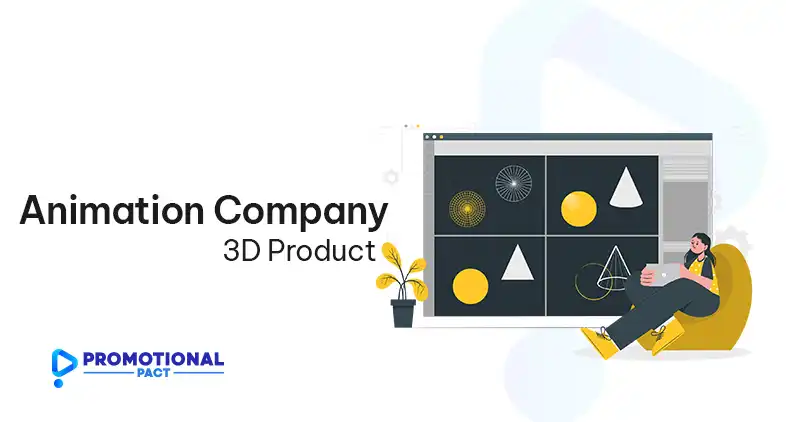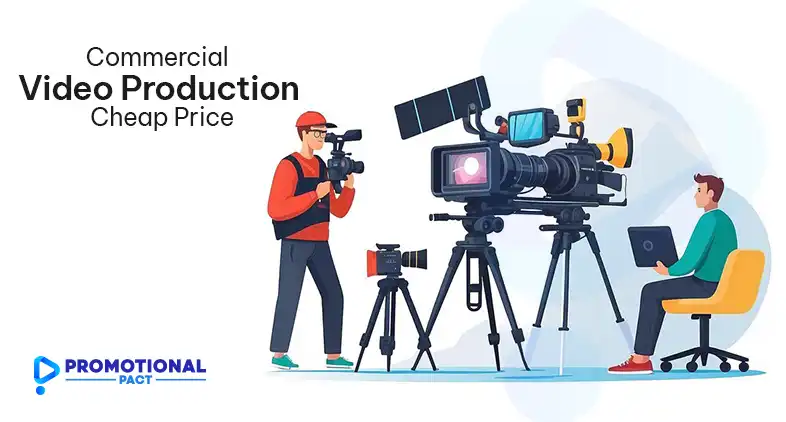Bringing a new product idea to life often starts with a concept – a vision of what you want to create before actually building and manufacturing it. Conceptualizing an innovative product requires translating your ideas into something tangible that people can understand and get excited about. This is where 3D product concept animation comes in.
Investing in high-quality 3D animation of your early-stage product ideas can provide immense value. It takes your vision off the pages of sketchbooks and brings it to a colorful, dynamic life through digital animation. Audiences can get a much clearer picture of what the product looks like and how it will function when they can actually see it simulated in 3D.

So, how to hire a 3D product concept animation company? Let’s find out.
- Define Your Animation Needs
Before you start evaluating animation companies, get crystal clear on your needs and goals for the project. Outline the key features and functions of your product that the animation must clearly convey.
- Outline the specific product features and functions to highlight in the animation
- Determine the visual style and level of realism needed to convey your product appropriately to the target audience
- Set realistic expectations for budget, project timeline, and deliverables
- Provide visual inspirations and examples to communicate the desired look and feel
“High-quality 3D product animation averages $1,000 – $10,000 per minute of runtime”
Have realistic expectations about budget, timelines, and deliverables. Full 3D animation videos require significant time and resources. Prioritize the most important scenes and features. Aside from the animation itself, determine if you need additional services like scriptwriting, voiceovers, music scoring, and sound effects. Share any visual inspirations to communicate the look and feel you are going for.
- Research Animation Companies
With your needs defined, start researching potential animation partners. Look for companies and freelancers with 3D product animation experience, specifically in your industry. For example, if you are developing medical devices, seek out firms with medical animation expertise.
- Look for firms and freelancers with experience in 3D product animation, specifically in your industry
- Assess the quality of their 3D modeling, textures, lighting, rendering, and motion
- Examine the skills and capabilities of the team members who will work on your project
- Evaluate their communication practices and project management processes
Look beyond the 3D visuals to assess the capabilities of the team. Examine the specific skills and expertise of the animators, modelers, illustrators, and producers who will be working on your project. For complex products, specialized technical knowledge is a must.
Strong communication skills are also vital for success. Opt for responsive companies that proactively provide updates and incorporate your feedback. Before committing, inquire about their workflow, project management practices, and typical timelines.
- Get Proposals and Negotiate
Once you have identified a few fitting animation firms, send them a comprehensive project brief with details on your product, required animations, timeline, budget, and deliverables. Ask each company to provide a detailed proposal and quote broken down by project phases, milestones, and costs.
Compare proposals based on:
- Pricing
- Timelines
- Deliverables
- Team expertise
- Portfolio quality
- Client reviews
“Define all details like payment schedule, milestone deliverables, and IP ownership in the contract”
Weigh these considerations against the quality of their portfolio and past client reviews. Negotiate revisions, payments tied to milestones, intellectual property rights, and other terms until both parties are pleased with the agreement.
- Manage the Project
Keeping projects on time and within budget requires proactive management and open communication. Establish clear milestones, regular check-ins, and reasonable timelines upfront in collaboration with your animation team.
- Establish clear milestones and realistic timelines in collaboration with the animation team
- Provide prompt feedback on work-in-progress drafts and animatics
- Scope changes and revisions should stay within agreed-upon limits
- Sign off on final drafts before completion to ensure it meets expectations
To avoid misalignments, agree upfront on an acceptable number of review and revision cycles at various phases. Scope creep can derail timelines and budgets, so reach a consensus on what changes will require additional payments.
- Legal Considerations
The contract you sign with the animation company should cover all legal considerations to protect both parties. intellectual property rights must be clearly defined, especially ownership of the final deliverables.
The contract should clearly define:
- IP rights and ownership of final deliverables
- Any permitted uses or licensing for the animation company
- Payment scheduling
- Project milestones and deliverables
If the animation company wants to display the video in their portfolio or reuse some of their custom 3D assets, negotiate any licensing agreements. Specify permitted uses and the duration of use rights. Your priority is protecting your proprietary product IP while granting limited rights for their own promotional purposes after project completion.
- Ensure Quality Output
Set clear expectations for the final animation deliverables upfront. Discuss the company’s internal quality assurance processes to ensure they meet your standards before delivery. Build in time for multiple review cycles at critical milestones so you can request revisions.
Provide timely, constructive feedback focused on accurately conveying your product functionality and brand identity. Execute extensive reviews of storyboards, 3D animatics, and final renders. Your sign-off should be required before the project is considered complete.
- Leverage the Final Animation in Production
Achieving your goals with 3D product concept animation requires purposeful distribution and promotion. Integrate it prominently into your website, crowdfunding page, social media channels, and press kits. Develop supplementary materials like infographics and blog posts to highlight key video elements.
Look for opportunities to incorporate animation into internal training and education programs as well. Vivid 3D visualizations can accelerate learning and improve employee readiness for new product launches. For public education, embed it into online courses, manuals, and demonstrations.
In the long run, consider repurposing character models, environments, and other 3D assets for future animation projects as your product line expands. High-quality 3D assets can be reused in a variety of future applications to maximize your ROI on the upfront development costs.
Final Thoughts
Hiring the right 3D animation company pays dividends when launching new products, provided you do your homework upfront. Clearly defining your needs, vetting animation firms thoroughly, and maintaining open communication enable a smooth process and ensures the final product meets your expectations.
The investment is well worth it. Skillfully executed product concept animations bring your vision to technological life in vivid detail. This accelerates product development, secures stakeholder buy-in, delights customers, and gives your brand an edge right out of the gate. With a deliberate, strategic approach, 3D animation can catapult your product from concept to reality.

